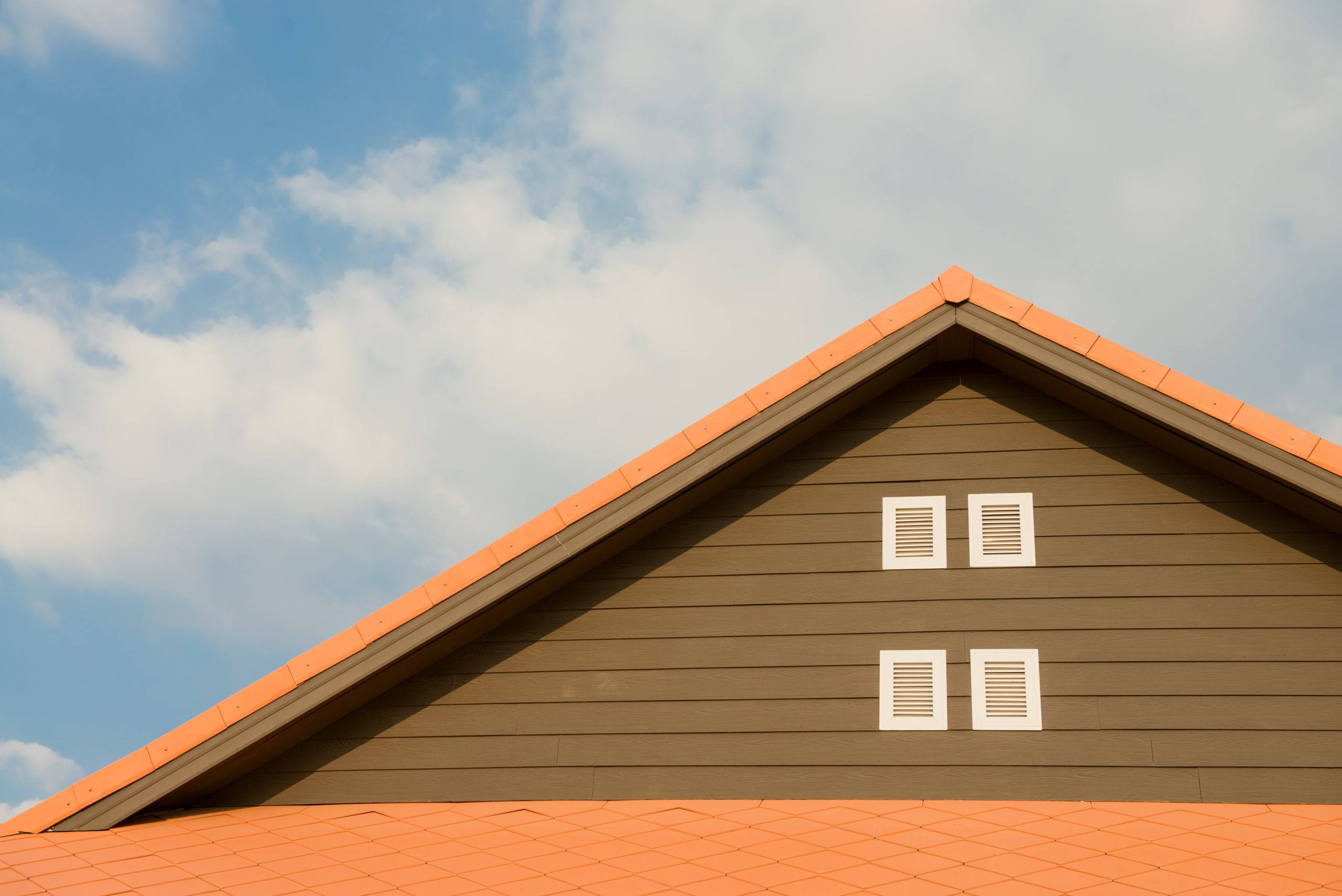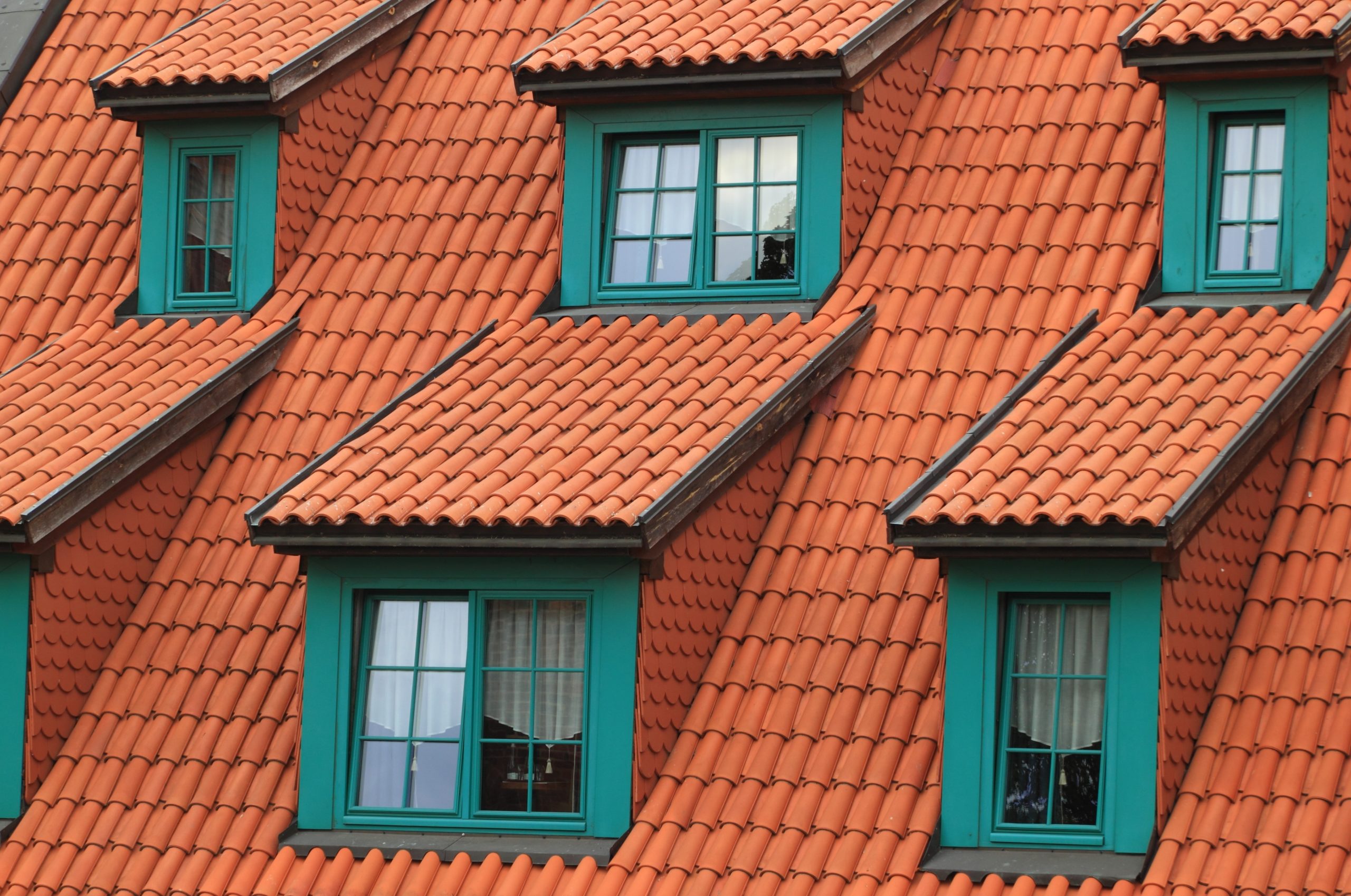There are more roofing materials and designs available now than there have ever been in the past. These include natural materials such as slate and wood, as well as artificial items such as asphalt, sheet metal, and plastic polymers.
Your house may benefit from the addition of any of these particular design elements, despite the fact that each one has a unique set of benefits and drawbacks. So which one is going to work best for you, and which one is going to be able to resist both hot and cold weather? Let’s find out.
What to look for?
Considering that your roof is the first line of defense between you and the elements, it’s important to choose a material that will do its job without fail. It has to be able to withstand the sun, wind, and rain for a long time. Some materials will accomplish this job better than others, depending on the environment and the shape and orientation of the roof of your house. If you have a conservatory, for instance, you may improve your home’s efficiency and curb appeal with an insulated conservatory roof to make the most of this space. If you currently have a glass or polycarbonate roof on your conservatory, replacing it with a solid tile roof might transform it into a room you can use year-round.
Hot climates
The finest roof for hot climates will prevent heat from penetrating the roof of your home. To begin, let’s quickly review the fundamental differences between metal, slate, clay, and rubber shingles.
Slate roofs
Natural stone is used to make slate roofing. It can withstand the elements without deteriorating. This is why slate roofs have a lifespan expectation of 150 years or more. Roofs made of slate stone are not only beautiful but also safe from fire. The risk of fire from high temperatures and a lack of rain makes this a smart investment for houses in areas with roofing laws. Although most people associate slate with a somber gray hue, it really comes in a wide range of earthy tones.
Metal roofs
Metal roofs are highly recommended in hot areas due to their durability and resilience under high temperatures. Reflective metal makes for a “cool roofing” option. You may increase your roof’s insulation effectiveness even more by painting or spraying it with a highly reflective material.
Metal roofing is superior to other options since it is both fireproof and cooler to the touch in warm climates. Your roof’s protective coating may wear down after many years of exposure to the weather, but a simple re-coating is all that’s required to keep a metal roof in good condition.
Clay tiles
Clay tile roofs are a popular option among homeowners who like rustic architectural details and who also want to avoid overheating in the summer. During the day, clay tiles soak up the sun’s rays, releasing them at night to keep your house cool.
Rubber roofing
Rubber roofing is less expensive than more traditional materials. On the other hand, it may be made to look like slate or cedar. Rubber roofs are not only great for the environment since they are made from recyclable materials, but they may also help you save money on your utility bills because of their insulating properties.
Cold climates
If you live in an area that often has heavy snowfall, the kind of roofing material that will serve you best is one that effectively sheds the water created by the melting of snow and ice. Roofs also need to have the capacity to endure heavy winds in order to be considered winter-proof.
Fiberglass asphalt
Roofing your home with fiberglass asphalt shingles is a cheap, accessible, and simple way to keep the elements out for the majority of winters. They’re useful for keeping the heat inside your house throughout the winter. There is often a 20- to 30-year guarantee on fiberglass asphalt shingles. However, they need regular upkeep to keep the roof strong and reliable. The lifetime of fiberglass asphalt shingles is lower than that of other roofing materials. They are vulnerable to winds above 135 miles per hour. Damage to your house may occur quickly if you wait to fix fiberglass asphalt shingles after they fracture in strong winter weather.
Metal roofing
Metal roofing is lightweight and quick to install, and its smooth surface allows snow and ice to slide directly off, preventing hazardous and harmful buildup. When erected correctly, a metal-shake roof can withstand winds of up to 140 miles per hour, making it ideal for use during dangerous winter storms. Metal roofs, if cared for properly, may last as long as 40 years. Without proper insulation, heating costs for a house with a metal roof in a cold and snowy region would skyrocket.
Synthetic shingles
Synthetic shingles are a beautiful, lightweight alternative to real wood or stone. They are the most durable option, earning the maximum Class 4 Impact Rating. They have an insulative property that helps make a house more energy efficient and can withstand freeze-thaw cycles. For these reasons, synthetic tiles are the most reliable roofing material during periods of severe snowfall and ice.
The roof’s design and construction are crucial to making a home that will last and be livable for its inhabitants. Therefore, roofing work, including its planning, material selection, and execution, requires a mindful and methodical approach.


